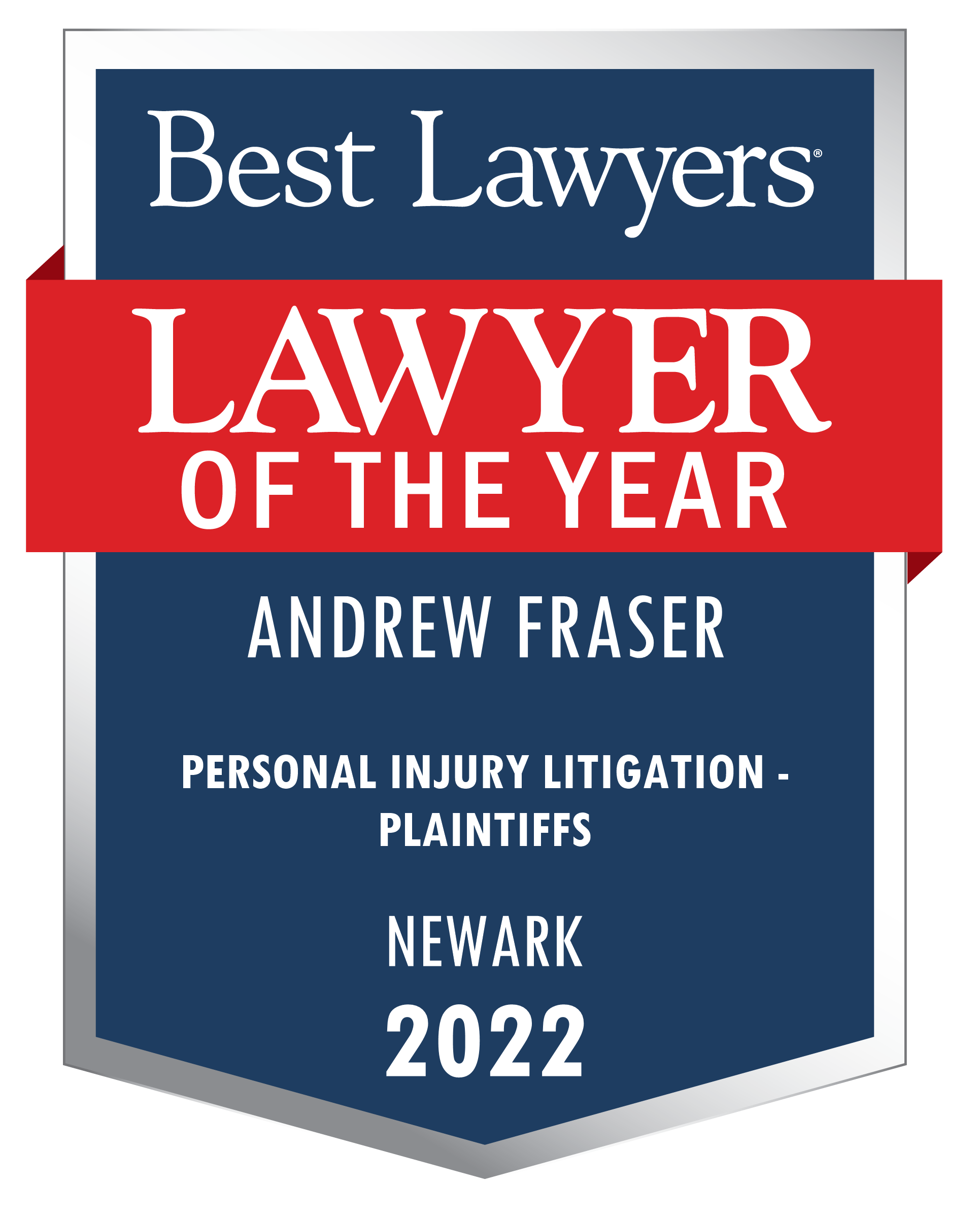After an a Auto Accident, What Are the Key Things to Know When Reading a Police Report?
Related Attorney: Timothy E. Dinan
August 30, 2023
When reading a police report after an auto accident, there are several key things to pay attention to.
Here are some important details to look for:
- Date, Time, and Location: Note the exact date, time, and location of the accident as mentioned in the report. This information is crucial for insurance claims and legal proceedings.
- Parties Involved: Identify the names, contact information, and insurance details of all parties involved in the accident. You can look up the name of the driver’s insurance company based on information contained in the police report. The report should include the drivers, passengers, and witnesses, if any.
- Vehicle Descriptions: Take note of the make, model, color, and license plate numbers of all vehicles involved. This information helps in identifying the vehicles correctly during the investigation and insurance claim process.
- Statements and Witnesses: Look for statements given by drivers, passengers, and any witnesses at the scene. Including whether or not their contact information was included. These statements may provide valuable information about how the accident occurred and who was at fault.
- Narrative of the Accident: The report may include a written narrative that explains the sequence of events leading up to the accident. Pay attention to this description and pay careful attention to whether or not it is accurate.
- Contributing Factors: The police report may mention any contributing factors that led to the accident, such as weather conditions, road hazards, or vehicle malfunctions. These factors can be important when determining liability.
- Traffic Violations or Citations: Note any traffic violations or citations issued by the investigating officer. This may include speeding, running a red light, or driving under the influence. Such information can be significant in establishing fault.
- Diagram of the Accident Scene: If available, study any diagrams included in the report that show the positioning of the vehicles and other relevant details. Make note of whether or not the diagram is accurate and if you have any photographic evidence that would dispute or support the diagram.
- Officer's Observations and Conclusion: The report may include the officer's observations, conclusions, and opinions about the accident. However, keep in mind that these are subjective and may not necessarily represent the final determination of fault.
- Report Number and Contact Information: Make a note of the report number and the contact information of the investigating officer. This will be helpful if you need to follow up with the police department or your insurance company.
Remember, a police report is an official document, but it may not capture every detail accurately. If you have any concerns or discrepancies, it is advisable to consult with an attorney or contact your insurance provider for further guidance.


















